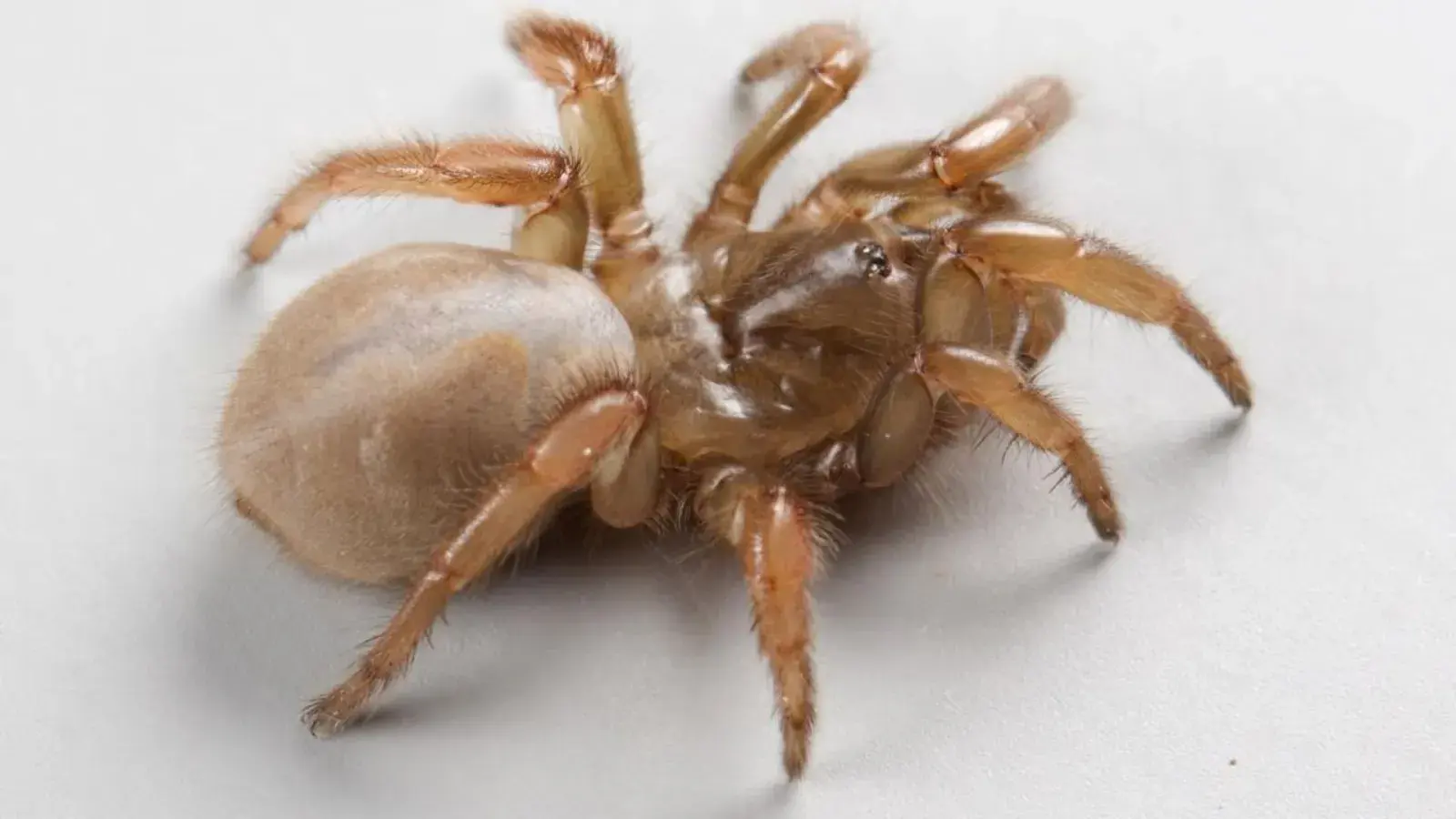Scientists at the University of California, Davis, have discovered a new species of spider living in the state’s coastal sand dunes.
The new species, named Aptostichus ramirezae, is a kind of trapdoor spider that is different from its close relative Aptostichus simus, a species found along the coast from Monterey to Baja California, Mexico, contrary to the previous belief that the two species were the same, as shared in the researchers’ study published in Ecology and Evolution on October 22.
“These are absolutely beautiful spiders living among the California dunes,” Jason Bond, senior author of the study and a professor in the UC Davis Department of Entomology and Nematology, told Newsweek.
Why It Matters
Despite the fact that spiders are the source of the common phobia, arachnophobia, they are a crucial part of the ecosystem.
The discovery of this new species is notable, as while there are more than 50,000 species of spiders already discovered across the planet, Bond said, “this one is found just underfoot on a beach in California, highlighting the fact that such discoveries are not limited to remote tropical rainforest; there is so much about our planet’s life that remains to be discovered.”
 What To Know
What To Know
The UC Davis researchers found that this newly discovered species is genetically “very different” from its close relatives, Bond said, even though it looks physically similar to other species.
“In fact, genetically it is more distinct than humans are to other closely related species likes bonobos and chimps,” he added.
He also said that the females live for a very long time, relatively speaking, usually for more than 15 years, while “spending their entire lives in subterranean burrows caring for their young, mating, and living their lives.”
This difference is important as understanding the genetic diversity of the spiders living on California’s coast can better support and inform conservation efforts.
Conservation is of major concern in this case, as the Aptostichus ramirezae species’ habitat is being rapidly eroded and reduced by rising sea levels, urban development and wildfires.
As these spiders continue to lose more of their natural habitat, they are becoming more at risk of extinction, which could have implications for the wider ecosystem.
“Spiders consume a tremendous amount of insect prey and likewise are prey items (food) for other species,” Bond said, meaning “we would expect extinction to have ecological impacts in both directions.”
Bond, who gave the newfound species its title, has also named many others in the past – with spider species even named after celebrities, such as Aptostichus stephencolberti, Myrmekiaphila neilyoungi, and Aptostichus barackobamai.
This new species was named after Martina Giselle Ramirez, dean of the College of Science at California State University, Stanislaus and formerly dean of natural sciences and biology professor at St. Norbert College.
What Are Trapdoor Spiders, and Are They Dangerous?
Aptostichus ramirezae is a trapdoor spider—a type of spider that is known for creating burrows underground where they spend most of their lives.
These borrows tend to have a kind of hinged door at their entrance so that when prey, such as other insects, approaches, the spiders can lunge out and catch it.
Trapdoor spiders are generally not known to be harmful to humans, although individuals may react differently when bitten by a trapdoor spider, as with any spider bite, and some may experience more severe reactions.
“To our knowledge, although they are venomous, these spiders – like most spiders – do not have a venom that is toxic to humans,” Bond said.
Their venom is typically used to paralyze their prey, but is not thought to have an effect on the human nervous system.
Despite being a different species, trapdoor spiders are often confused with the deadly funnel web spiders typically found in Australia, as they can be somewhat similar in appearance, although they have key identifiable differences, such as thicker legs, bigger bodies and hairs on both the body and legs.

